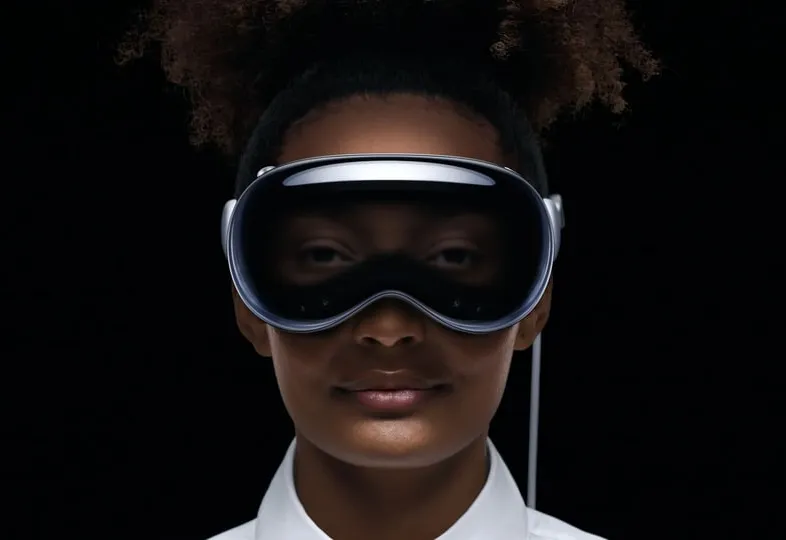Apple Vision Pro Headset Experience Explained
On Monday, Apple Inc allowed analysts and media, including Reuters, to test its Vision Pro headset priced at $3,499.
It’s immediately clear that the device isn’t yet intended for the mass market: a test drive requires a fitting session with Apple employees and a quick visit with a vision specialist to make sure the headphones fit and work as intended. And the price is likely to turn away all but the most dedicated Apple fans and business users.
Instead of starting with a consumer version and working toward a “Pro” model, Apple is starting at the premium level and hopes to lower prices as the technology matures, said Carolina Milanesi, an analyst at Creative Strategies.
Apple launched the Vision Pro in an attempt to carve out the nascent headset category from Meta Platforms Inc., which has already released several headsets but struggled to break out of the virtual reality market long dominated by video games.
The Vision Pro headset features an Apple Watch-like “digital crown” that can be tapped and rotated to seamlessly transition the screen between the real world outside and the virtual world inside. Walking around a room or watching a 3D movie feels as natural as watching a virtual butterfly in the user’s outstretched hand.
The device also crashed at least once during the Reuters demo, requiring a reboot by Apple employees and showing that the iPhone maker still had some bugs to work out.
Here are some key points from the demo:
The real world and other people are always present. By default, when using the device, seeing the outside world in full color. Outdoor cameras monitor other people even when they are completely immersed in the virtual world. If another person approaches the user, they will begin to materialize through the virtual world.
– Hollywood is probably interested. Apple introduced a series of “immersive videos” filmed with special cameras where the viewer can step inside and look around.
The sense of place can be amazing. In one video, a shin is suspended by a rope tightly between two mountain ledges facing the viewer, creating a disorienting urge to look down into an eerie chasm. At the same time, realism can make ordinary details look out of place in a polished production, such as a cheap plastic water bottle placed on top of a piano during a recording session with a famous singer.
From the beginning, Apple has focused on the Vision Pro business model, showing how to run multiple apps simultaneously on the headset, which is like multiple high-resolution displays. It also demonstrated how two users can share and manipulate virtual 3D objects during a conference call. Both are functions that could find use in the corporate world, where Vision Pro is priced according to cost centers instead of the family budget.
Video calls take some getting used to. Apple offered FaceTime video calling between two people using the headset. This experience is similar to a standard video call, but uses advanced technology to display the caller’s image, rather than a traditional face-facing phone or security camera.
– To create a virtual “persona” of the caller that shows their facial expressions, the system uses pre-loaded images with data from Vision Pro’s internal eye tracking system and external hand tracking cameras. But the final effect is human, but not quite, a phenomenon robotics experts call the “uncanny valley” effect, where a face that looks humanoid but looks a little distant can make users feel uncomfortable.




